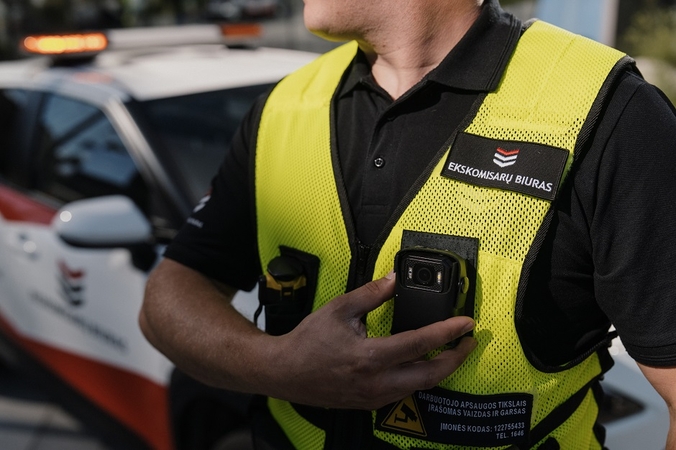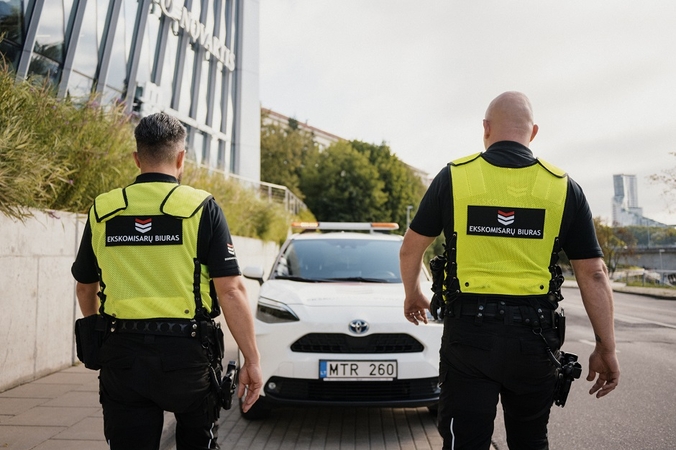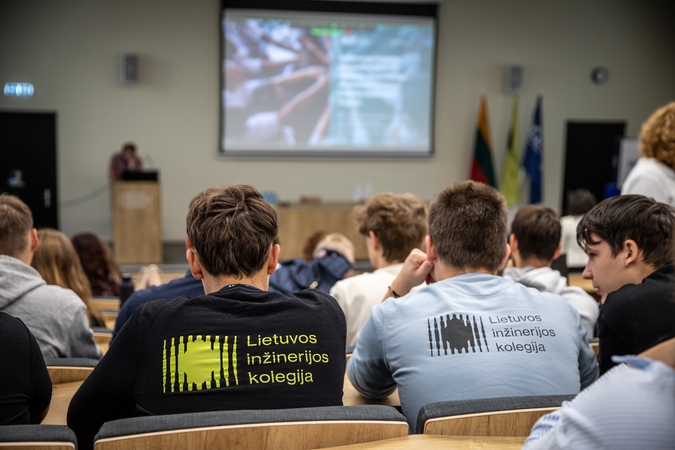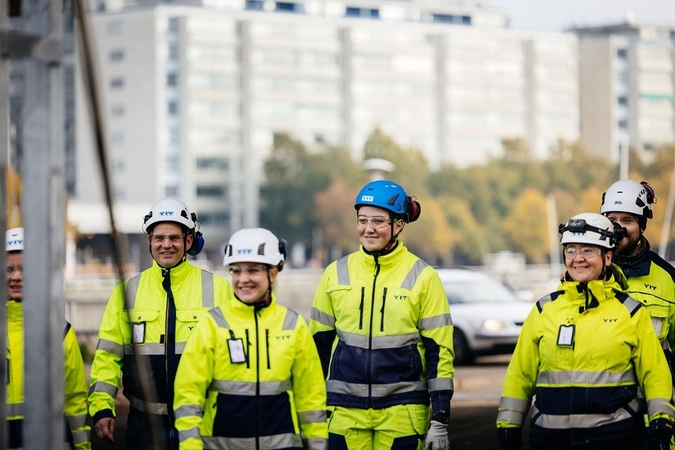Rusijos planai Karaliaučiaus krašte dislokuoti balistines raketas „Iskander“ yra nesuprantami, tačiau tai nėra naujiena, nes Maskva jau kurį laiką stiprina savo pajėgas Vakarų kryptimi, trečiadienį pareiškė Lietuvos krašto apsaugos ministrės Rasos Juknevičienės atstovė.
Taip ministerija reagavo į pranešimą Rusijos žiniasklaidoje, kad dar šiemet „Iskander“ raketos bus dislokuotos netoli Lietuvos ir Lenkijos sienų.
„Šie Rusijos planai dislokuoti “Iskander„ raketas nėra jokia naujiena. Mūsų duomenimis, Rusija stiprina ir modernizuoja savo ginkluotąsias pajėgas Vakarų kryptimi jau kurį laiką, todėl nėra pagrindo to sieti su diskusijomis dėl priešraketinės gynybos“, - BNS sakė ministrės atstovė spaudai Ugnė Naujokaitytė.
„Karaliaučiaus modernizavimas tokio pobūdžio ginkluote yra nesuprantamas“, - pažymėjo ji.
Baltijos laivyno šaltinis naujienų agentūrai „Interfax“ trečiadienį sakė, kad Rusija vėliau šiais metais planuoja dislokuoti balistines raketas „Iskander“ Karaliaučiaus krašte.
Šaltinis nurodė, jog aukšti Rusijos karinių jūrų pajėgų vadai patvirtino planus suformuoti dalinį, kuris aptarnaus šiuos raketų kompleksus Karaliaučiaus anklave, įsiterpusiame tarp Lenkijos ir Lietuvos.
„Pastarosiomis dienomis Maskvoje aukšti vadai patvirtino personalo sudėtį laivyno dalinyje, kuris kuriamas kompleksų “Iskander„ priėmimui į ginkluotę“, - sakė „Interfax“ pašnekovas.
Lapkritį Rusijos prezidentas Dmitrijus Medvedevas nurodė, kad jo šalis pasiruošus dislokuoti raketas „Iskander“, galinčias nuskrieti iki 500 kilometrų, kaip atsvarą planuojamai JAV priešraketinės gynybos sistemai Rytų Europoje.
Pirmasis šiais mobiliaisiais taktinių balistinių raketų kompleksais apginkluotas dalinys Karaliaučiaus srityje turėtų būti dislokuotas antroje šių metų pusėje, informavo šaltinis, pridūręs, kad zenitiniai raketų kompleksai S-400 šiame regione bus dislokuoti pavasarį.


































Naujausi komentarai